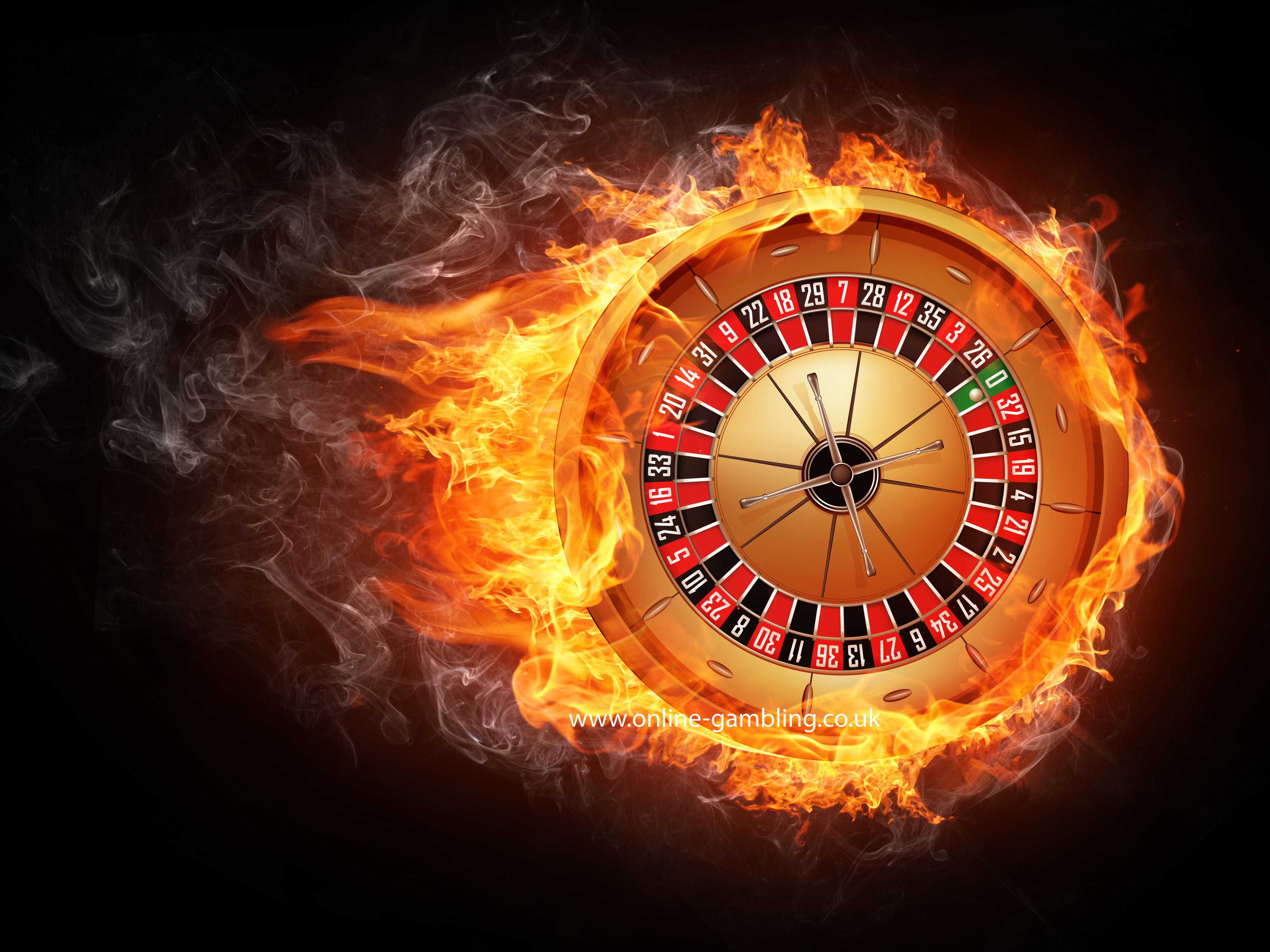The Psychological principles That drives Gambling Game Design

Casino games have long captivated the human imagination, drawing participants into a realm filled with fortune, tactics, and the allure of thrill. Each game is carefully crafted not just for fun, but also to evoke targeted emotional responses that keep gamblers involved and committed. Understanding the reasons behind these designs reveals much about how behavioral psychology plays a vital role in the gaming experience.
From the bright lights and vibrant sounds to the intricate layering of systems and rewards, casino games are designed to create an atmosphere of anticipation and expectation. Game designers leverage mental cues to influence participant behavior, whether through the use of big prizes, almost wins, or social interactivity. By examining these factors, we can better appreciate how casino games fulfill not just a want for entertainment, but more profound psychological needs for thrill and hazard.
Grasping Gamer Behavior
Casino games are engineered with a deep comprehension of player psyche, which is crucial for drawing in and holding players. The excitement of the game, combined with the expectation of winning, creates a formidable attraction. Game designers employ elements like sonic elements, vibrant graphics, and captivating gameplay to engage attention and elicit emotional responses. These sensory experiences enhance the immersive experience, making players feel more invested in the game.
Another important aspect of player behavior is the notion of risk versus reward. Casino games often balance high-risk scenarios with the potential for substantial rewards, which can result in the phenomenon known as near-miss effect. When players come close to winning, the brain secretes dopamine, bolstering their behavior and motivating them to continue playing in pursuit of that hard-to-reach win. This cycle of anticipation and letdown plays a critical role in how games are constructed and promoted.
Lastly, community aspects also play a central role in player behavior at casinos. Many games are crafted to be played in teams or alongside other players, nurturing a sense of community and collective experience. The community engagement inherent in games like poker enhances enjoyment and can result in longer play sessions. Designers take advantage on this by designing environments that prompt players to remain, socialize, and come back, making the overall casino experience more appealing.
The Role of Imagery and Sound
Visuals and audio play a vital role in enhancing the gambler’s experience within gambling games. Designers utilize bold colors, eye-catching graphics, and engaging animations to attract players' attention and hold their focus. The use of motifs, such as exploration or opulence, helps create an immersive atmosphere that transports players into a different world. By appealing to the senses, these elements add to a intensified emotional response, encouraging players to interact more deeply with the games.
Audio design is equally important in enhancing the overall experience of casino games. The combination of ambient music, sound effects for winning combinations, and ambient noises creates an auditory landscape that keeps players fascinated. Sounds associated with wins, such as ringing bells or festive music, evoke feelings of excitement and reward, prompting players to keep playing. These sound cues are carefully placed to amplify the thrill of the game and create a more engaging experience.
Additionally, the alignment of imagery and audio is crucial for supporting the game's overall concept and mood. Each element should coordinate seamlessly to create a cohesive experience that draws players in. The effective use of this synergy not only enhances user enjoyment but also boosts the likelihood of return play, as players become more invested in the captivating world that the casino games offer. 58WIN This thoughtful integration of imagery and audio ultimately enhances player engagement and commitment.
Reward Systems and Participation
The development of gambling games significantly relies on reward structures to keep participants involved and coming back for additional experiences. These structures are rooted in psychological principles that exploit human nature and desire. Players are often motivated by the excitement of success, which is supported by immediate responses through the game structure's mechanics. This prompt satisfaction not just improves the overall experience but also cultivates a feeling of success, encouraging participants to keep playing in hopes of bigger gains.
Casinos implement various reward structures, such as large payouts, bonuses, and multipliers, to engage players. These elements create a layer of thrill that sustains interest. Additionally, the randomness of results plays a significant role in keeping attention. The variable reward system, where wins are unpredictable but happen often enough, maintains participants on edge and driven to keep playing. This loop of anticipation and anticipation is foundational to the effectiveness of gambling experiences.
In addition, community aspects, such as tournaments and multiplayer features, enhance the participation factor by leveraging the competitive nature of participants. The shared experience of playing with others can amplify the thrill of winning and create a sense of community within the gaming space. By integrating these social dynamics with efficient incentive structures, casino games don’t just provide entertainment but also nurture a stronger connection among players, solidifying their commitment to the gaming experience.
